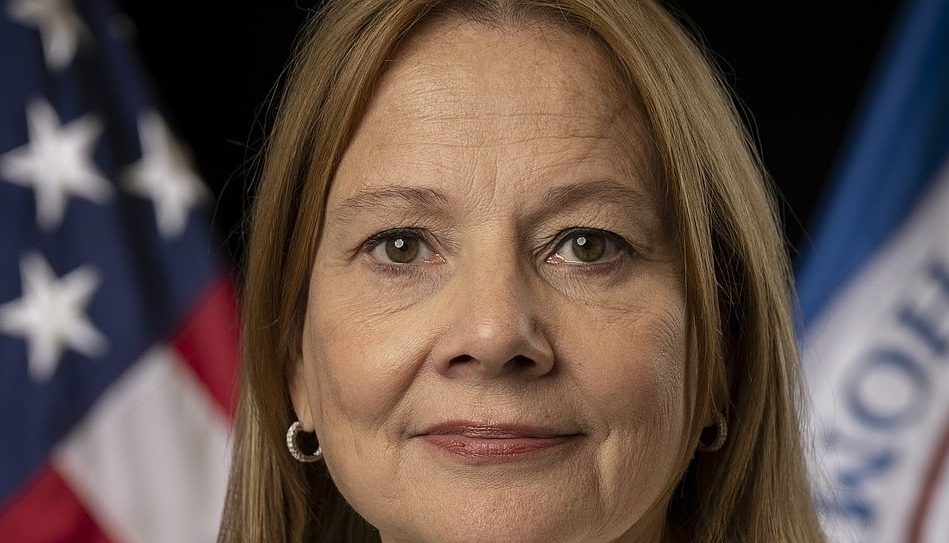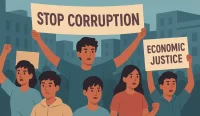Being a CEO is incredibly difficult.
It’s a role that which requires a unique blend of vision, resilience, and strategic acumen.
A CEO must navigate through turbulent markets, evolving consumer demands, and internal complexities. This is all while steering their organization towards growth and profitability, and justifying their considerable salaries to the board.
They also have to make tough decisions that could cost thousands of people their jobs. History is full of examples of remarkable leaders who have risen to the occasion.
They have not just saved their companies from the brink of collapse but also catapulted them to new heights of success.
From Steve Jobs’ return to Apple to Alan Mulally’s transformative leadership at Ford, these ten CEOs exemplify the impact a visionary leader can have on a struggling company.
Looking for a job? Visit whatjobs.com today
Steve Jobs – Apple Inc.
The legendary Steve Jobs returned to Apple in 1997. The company was on the verge of bankruptcy.
But Jobs was able to save the company through a series of highly successful product launches including the iMac, iPod, iPhone and iPad.
Apple is now a trillion-dollar company and it’s largely thanks to Jobs, who died in 2011 from cancer.
Lee lacocca – Chrysler Corporation
Lee Iacocca took over as CEO in 1978 when Chrysler was facing severe financial difficulties.
He led the company through a successful turnaround by securing a loan guarantee from the US government, introducing the minivan, and revamping its product lineup.
He died in 2019 at the age of 94.
Alan Mulally – Ford
Alan Mullally joined Ford as CEO in 2006 amidst the global financial crisis. He implemented the “One Ford” plan, focusing on global products and cost reduction, which helped Ford avoid bankruptcy and government bailouts unlike its competitors.
Lou Gerstner – IBM
Lou Gerstner became CEO of IBM in 1993 when the tech giant was struggling with its transition from hardware to software and services. He shifted IBM’s focus towards IT services and consulting, leading to a dramatic turnaround.
Satya Nadella – Microsoft
Satya Nadella took over as Microsoft CEO in 2014. He reinvigorated the company by shifting its focus to cloud computing and mobile technologies.
This led to significant growth in its stock price and market cap.
Hiring? Post jobs for free with WhatJobs
Mary Barra – General Motors
Mary Barra became CEO of General Motors in 2014, having worked for the company since 1980. Barra was the first female CEO of a “big three” automaker.
She led GM through a series of recalls and a cultural transformation.
The recalls saw her called before the Senate to testify over deaths attributed to faulty ignition switches. She has refocused on electric vehicles and autonomous driving technologies, positioning GM for the future.
Indra Nooyi – PepsiCo
Indra Nooyi served as CEO of PepsiCo from 2006 to 2018. During her time there, she restructured PepsiCo to focus on healthier products and global expansion, significantly increasing its revenues and market share.
Howard Schultz – Starbucks
Schultz was CEO of Starbucks twice starting in 2008. In his first stint, he was tasked with solving the coffee giant’s overexpansion and declining sales.
Schultz refocused the company on coffee quality, customer experience, and global expansion, leading to a strong recovery.
He returned in 2022 on an interim basis and spent a lot of his tenure embroiled in rows with staff over unionizing.
Bob Iger – The Walt Disney Company
Bob Iger became Disney CEO in 2005 and revitalized the company through strategic acquisitions (Pixar, Marvel, Lucasfilm, and 21st Century Fox).
He also launched Disney+, significantly expanding Disney’s media and entertainment empire.
In 2023 and 2024 he has presided over massive job cuts and the company’s now-resolved row with Florida Governor Ron DeSantis.
Need Career Advice? Get employment skills advice at all levels of your career
Elon Musk – Tesla, Inc.
Musk, now the world’s richest man, took over as CEO in 2008 when Tesla was struggling to produce its first vehicle, the Roadster.
He led Tesla through its production challenges and has since turned it into a leader in electric vehicles, with significant advancements in battery technology and autonomous driving.
Musk, who now owns Twitter, is currently embroiled in a row with the Tesla board over whether he should be paid $55.8 billion as chairman of the company.




